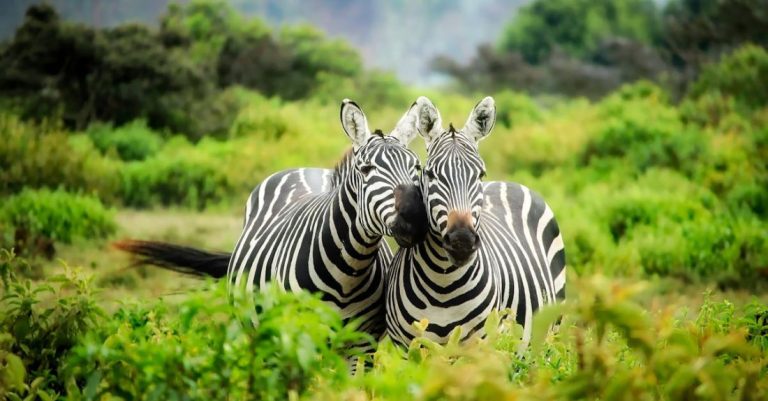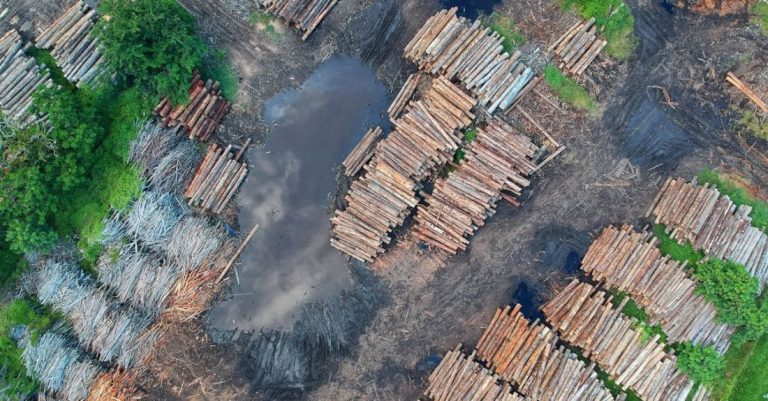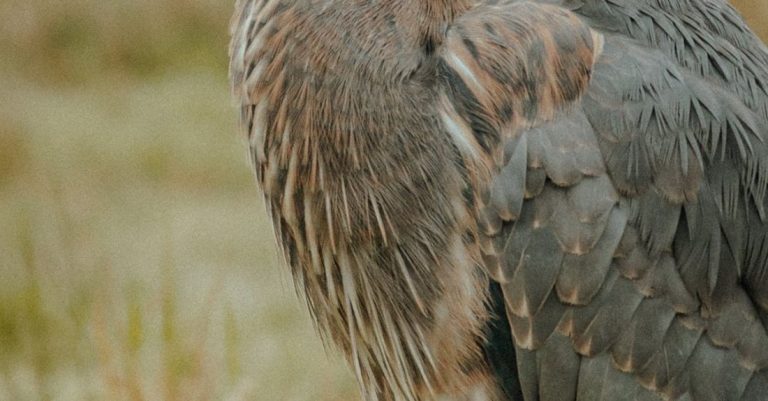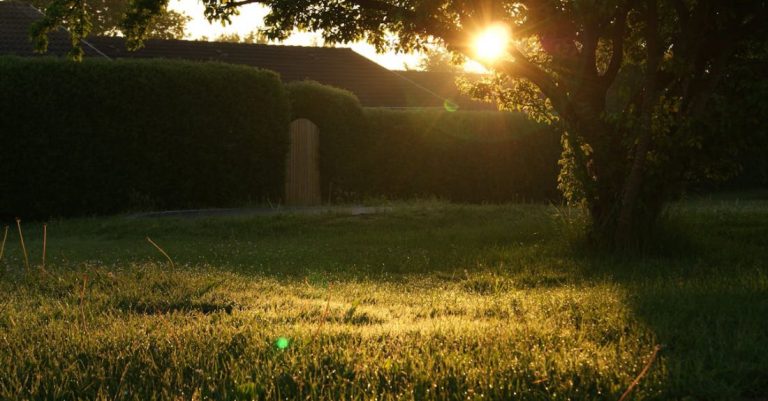
Citizen science is becoming an increasingly popular way for individuals to actively participate in conservation efforts. By engaging in citizen science projects, ordinary people can contribute valuable data and insights to help researchers and scientists better understand and protect the environment and wildlife. If you’re passionate about conservation and want to make a meaningful impact, here’s how you can get involved in citizen science initiatives.
What is Citizen Science?
Citizen science, also known as community science or crowd-sourced science, involves the participation of non-professional volunteers in scientific research projects. These volunteers, or citizen scientists, help collect, analyze, and interpret data alongside professional scientists. By leveraging the power of collective observation and data collection, citizen science projects have the potential to generate vast amounts of information that can lead to important discoveries and conservation actions.
Choosing a Citizen Science Project
The first step in participating in citizen science for conservation is to choose a project that aligns with your interests and availability. There are numerous citizen science initiatives focusing on various aspects of conservation, such as monitoring wildlife populations, tracking climate change impacts, identifying invasive species, and assessing water quality. Consider your location, expertise, and time commitment when selecting a project to ensure that you can contribute effectively.
Getting Started
Once you’ve selected a citizen science project to participate in, familiarize yourself with the project guidelines and protocols. Many projects provide training materials, online tutorials, and field guides to help volunteers collect data accurately and consistently. Make sure to follow the instructions closely and adhere to the data collection protocols to ensure the quality and reliability of the data you contribute.
Fieldwork and Data Collection
Depending on the nature of the citizen science project, you may be required to conduct fieldwork, such as wildlife surveys, habitat assessments, or water sampling. Before heading out into the field, equip yourself with the necessary tools and equipment, such as binoculars, field guides, GPS devices, and data sheets. Pay attention to details, record observations meticulously, and take note of any environmental factors that may influence the data you collect.
Data Entry and Analysis
After completing fieldwork, you will need to enter the data you’ve collected into the project’s database or online platform. Accuracy and consistency are crucial when entering data, as it will be used by scientists and researchers to analyze trends, patterns, and changes over time. Some citizen science projects provide tools for data validation and quality control to ensure the reliability of the information collected by volunteers.
Community Engagement and Outreach
In addition to collecting data, citizen science also involves engaging with the community and raising awareness about conservation issues. Share your experiences and findings with friends, family, and social media networks to inspire others to join conservation efforts. Participate in outreach events, workshops, and talks to promote the importance of citizen science in conservation and encourage more people to get involved.
Making a Difference
By participating in citizen science for conservation, you are not only contributing to scientific research but also actively participating in efforts to protect and preserve the environment. Your contributions help fill knowledge gaps, inform conservation policies, and support the sustainable management of natural resources. Every observation, data point, and volunteer effort counts towards creating a more informed and engaged society that values and protects our planet for future generations.
Take the First Step
If you’re ready to take action and make a difference in conservation, consider participating in a citizen science project today. By joining forces with other citizen scientists and researchers, you can play a vital role in safeguarding biodiversity, combating climate change, and promoting sustainable practices. Embrace the power of citizen science and become a champion for conservation in your community and beyond.





